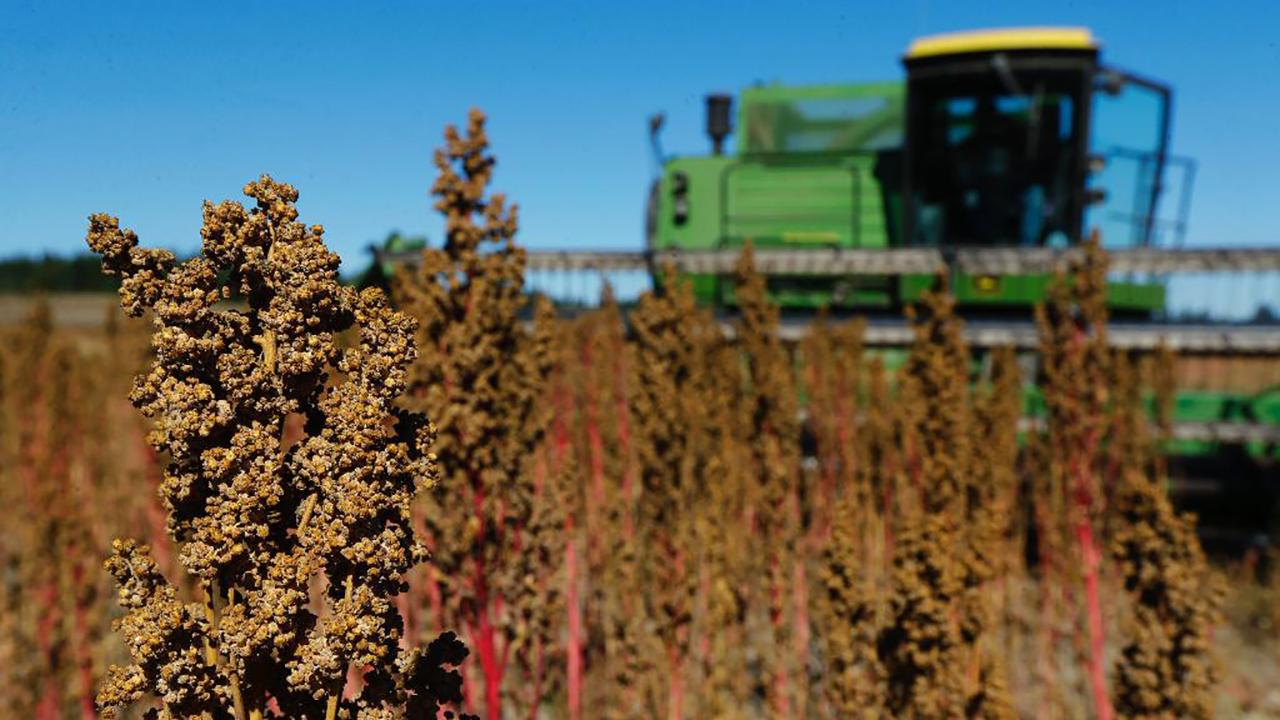American farms are billions in debt. The numbers are eye-popping.
American farmers ride a thin line as they balance uncertain income and rising debt.
The farm sector is more than $426.6 billion in debt, according to U.S. Department of Agriculture data. The average farm was $1.3 million in debt in 2017, the Nebraska Farm Business Inc. found, and the sector’s total debt has risen by more than 8.5 percent since then.
Agriculture Secretary Sonny Perdue said earlier this year that farmers have faced declining prices and incomes for years, leaving them more vulnerable to production disruptions caused by severe weather or market changes.
Net farm income has dropped by nearly half since a peak in 2013, according to Perdue. The ongoing trade war and increased competition from overseas aren’t helping U.S. farmers, either.
“As a result, many farmers will continue to face tight bottom lines with fewer resources,” Perdue said.
Farmers are in a level of debt not seen since the 1980s agricultural crash, USDA data show. About one in 10 crop farms is “highly leveraged,” meaning it has lots of debt, as are one in 15 dairy farms, according to Perdue.
“Highly leveraged operations are more vulnerable to low prices or market disruptions and less able to recover from natural disasters,” he said.
Farm debt is concentrated in fewer operations now than it was in the 1980s. That means any bankruptcy represents more acres or more livestock than before, Dave Englund of Farmers National Company told AG Professional.
“Things are not good and could get worse very easily,” he said. “We also have to think about how many fewer commercial-sized farmers there are today compared to 1980, which divides out the net farm income into fewer hands now.”

A combine drives over stalks of soft red winter wheat during the harvest on a farm in Dixon, Illinois, July 16, 2013. REUTERS/Jim Young
Perdue said stable land values have helped keep most farmers’ debt-to-asset levels relatively low. Much of farmers’ debt rides with their land as collateral, the Financial Times reported in June. That’s helped farms maintain their equity, but it means a price collapse could topple those debt-heavy operations and leave lenders with big losses.
Farms are looking at “very tight” or negative profitability this year, Corey Prins of Northwestern Farm Management told AG Professional.
“Most operators are paying cash rents that are based on a projected budget that will produce no or negative returns,” he said. “Producers will need above-average yields and high prices to produce a profit in 2019.”
CLICK HERE TO READ MORE ON FOX BUSINESS
Lawmakers have looked for ways to ease farmers’ situation. The bipartisan Family Farmer Relief Act would raise the debt level farmers and others can have if they file for Chapter 12 bankruptcy and is currently awaiting President Trump’s signature.
The Trump administration has also pledged a $16 billion aid package to farmers affected by the trade war with China.




















